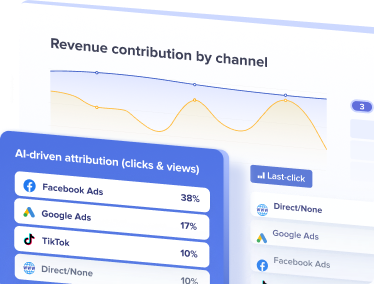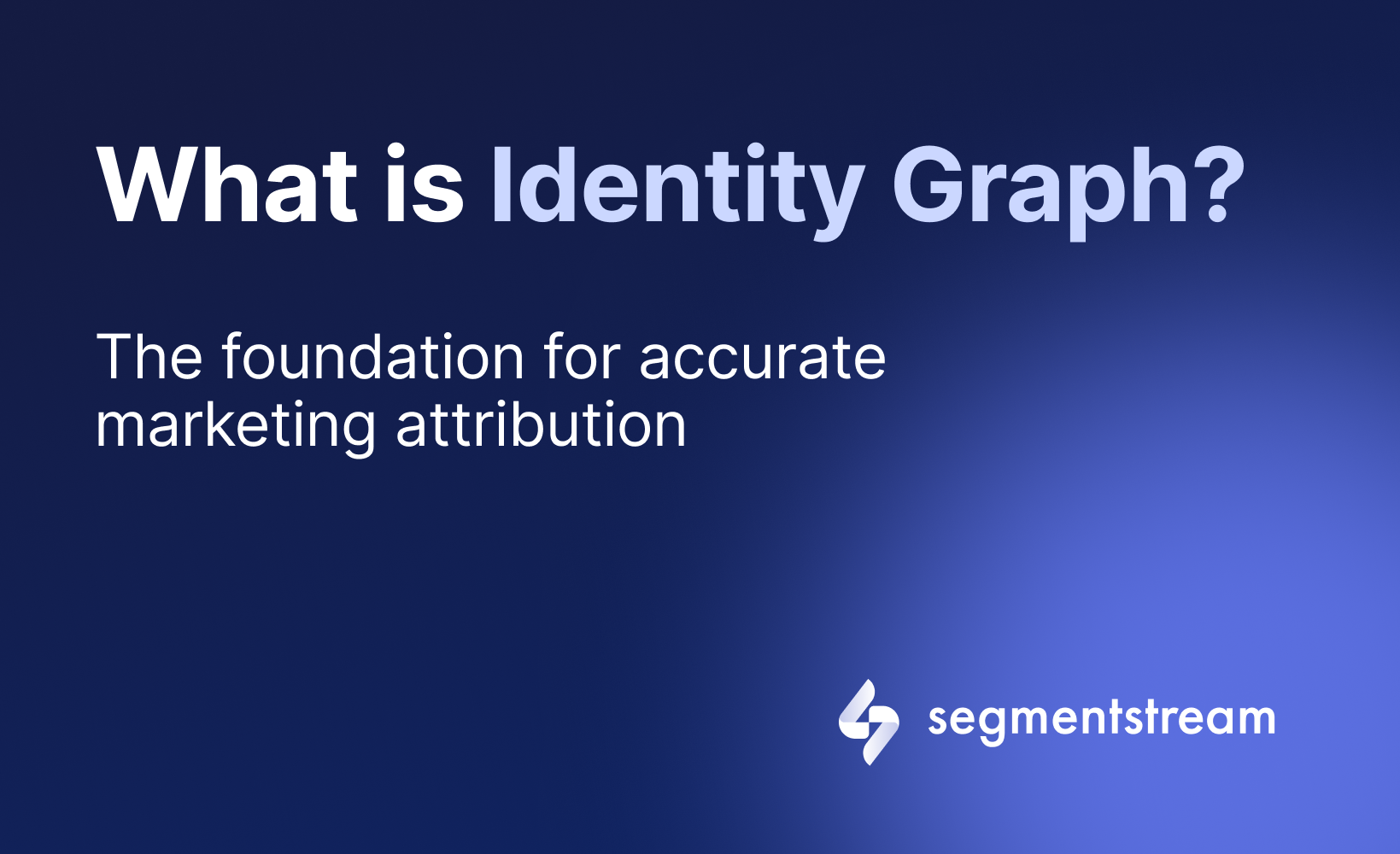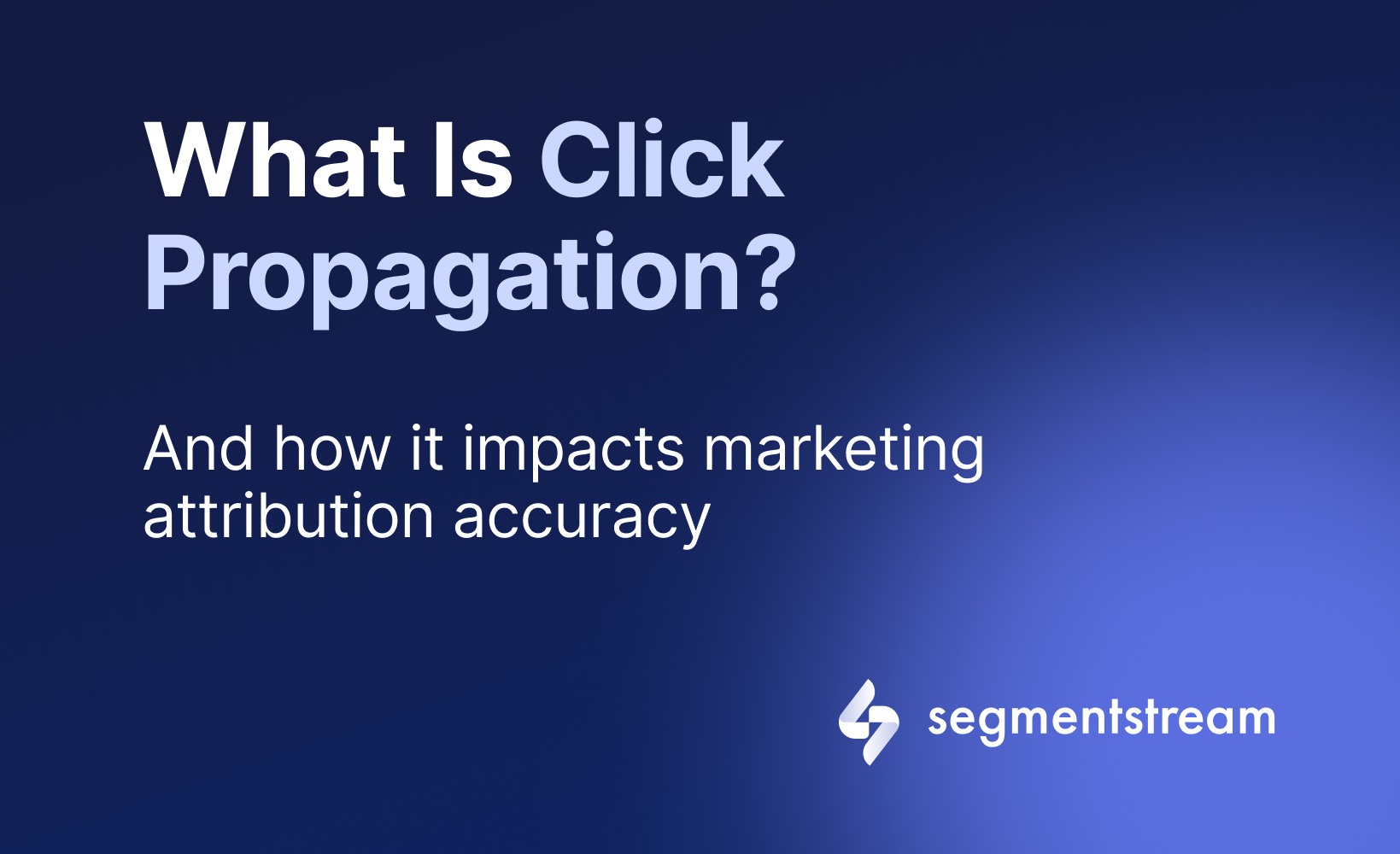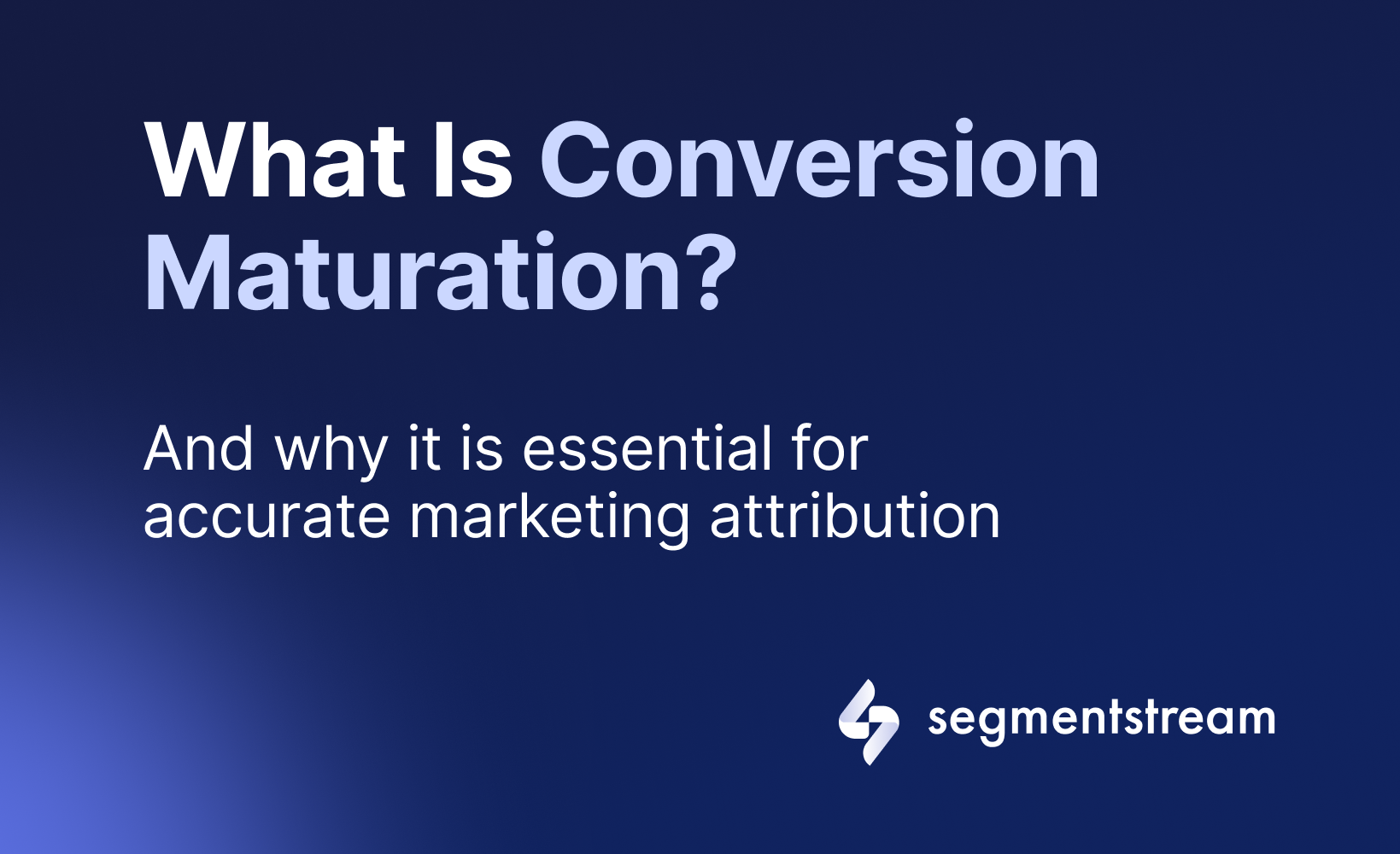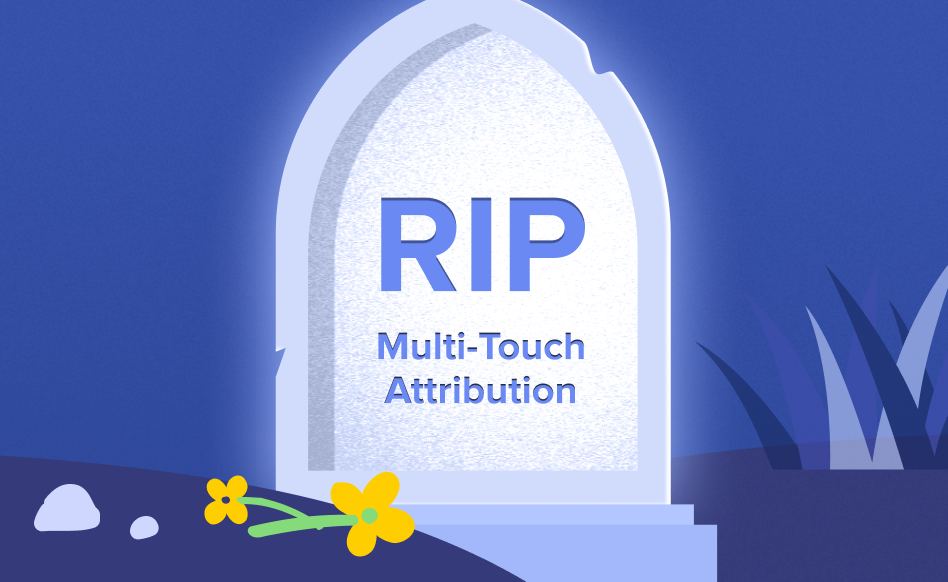
What’s wrong with multi-touch attribution?

Multi-touch attribution determines how each customer interaction or touchpoint leads to a sale, assigning a value to each based on its estimated contribution to revenue. How much value each touch point deserves depends on the model.
For example:
- With a linear model, credit is distributed equally across all interactions.
- Time-decay attribution gives more value to Interactions closer to the sale.
- According to the position-based approach, the first and last interactions deserve the most credit, with the middle ones getting less.
While on the paper the concept sounds reasonable. It’s completely unreliable in reality.
Challenges of attribution:
-
Can’t Track Everything: Multi-touch attribution is built on a false promise that we can track every single touchpoint. Yet, it’s impossible due to cross-device or privacy regulations like GDPR, ITP, and iOS 17 in Safari.
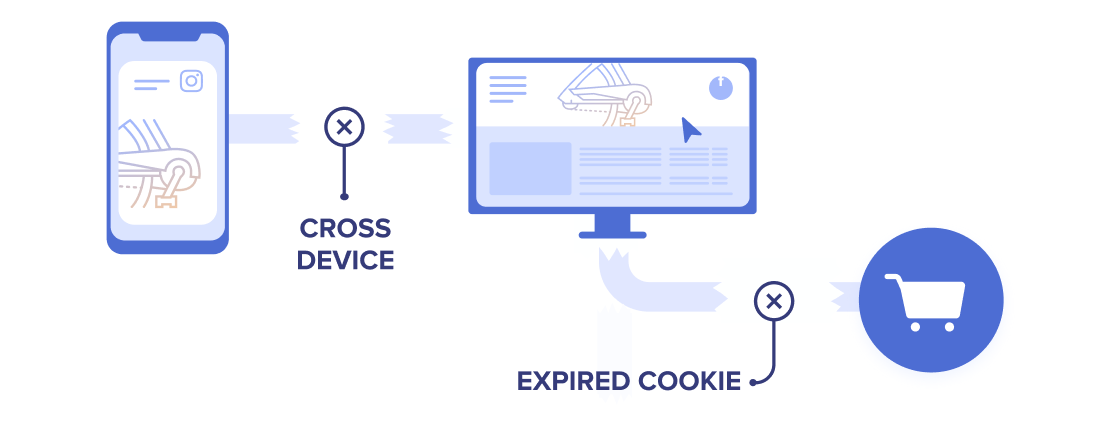
- If there’s no conversion, there’s no value given: Whether it’s last-click or multi-touch, they all focus on immediate sales, overlooking users who convert outside the set attribution window, on different devices, or after cookies expire.
- Guesswork: Value attribution often relies on unproven assumptions. For instance, the U-shape model’s belief that the first and last touches are most crucial isn’t based on concrete evidence. It’s more of a heuristic than a factual representation.
If multi-touch attribution is dead, what to do instead?
The good news is that in 2023 there are plenty of options on the market. A pinch of salt here is that not all of them are universal.
- Tap into 0-party data: Ask your customers directly how they discovered you. It’s a straightforward and cost-effective method. Just make sure you’re rotating answers to avoid too many generic responses.
-
Media Mix Modelling: Mix Modeling delves deep, analyzing 2-3 years of data while taking into account variables such as seasonal changes and offline channels.
It’s ideal for companies navigating through an extensive array of channels and big investments in TV, Radio, and multiple digital sources.
However, a heads-up: The process can span a few months, with costs ranging from £5k to £500k.
Also, a substantial amount of historical data is a must. And remember, Media Mix Modelling focuses on broad media planning, so don’t expect immediate results or quick insights.
- Test incrementally:
It’s a solid way to gauge the impact of a specific channel or a tactic. However, they’re time-consuming, not very flexible, and you won’t get real-time data.
For instance, you can see Facebook campaign impacts against having no campaign. But tweaking those campaigns in real-time? That’s challenging. -
Consider advanced attribution solutions like SegmentStream’s incremental attribution. \
Contrary to multi-touch attribution, which struggles with cookie limitations and cross-device challenges, SegmentStream uses machine learning and 1st-party data to bridge the gaps created by GDPR, ITP, and cross-device.
It helps marketers see the incremental value of their marketing efforts from the top of the funnel to the bottom.
Book a demo to see it in action.
Optimal marketing
Achieve the most optimal marketing mix with SegmentStream
Talk to expert